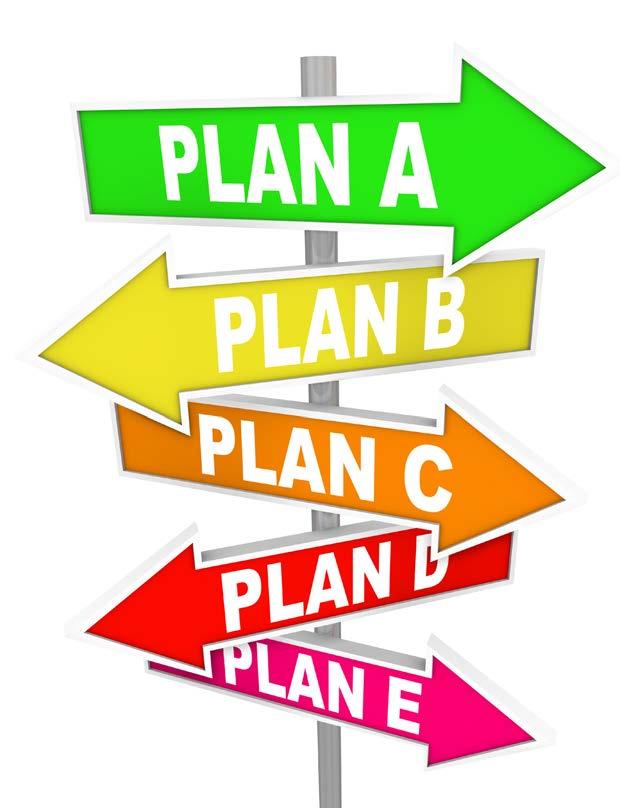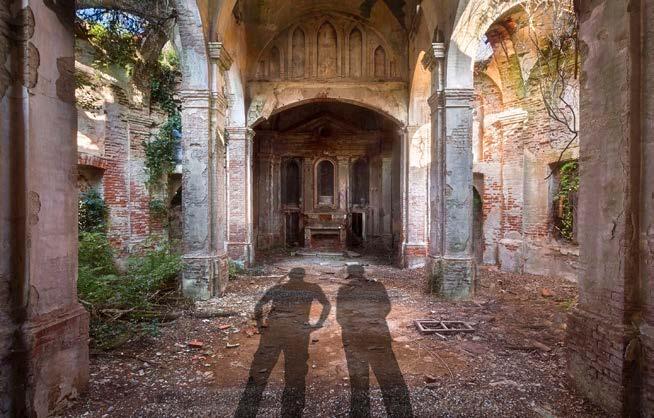
3 minute read
Wealth is What You Don’t See
from January 2021
MONEY MATTERS WITH DR. ANDREW LEE

Advertisement
In previous articles, I’ve briefly mentioned the difference between “rich” (high income) and “wealthy” (high net worth), and I’ve shared real life examples of how “rich” and “wealthy” don’t always coincide. There are some who earn high incomes (entertainers, athletes, doctors, executives) who aren’t wealthy because they spend the money as fast as it comes in. Chapter nine of Morgan Housel’s new book The Psychology of Money (which I highly recommend), illustrates this paradox perfectly. Housel describes how music superstar Rhianna nearly went bankrupt due to her lavish spending sprees, and then the singer sued her financial advisor whom she blamed for allowing her to spend so much money. Her financial advisor asked incredulously, “Was it really necessary to tell her that if you spend money on things, you will end up with the things, and not the money?” This is very instructive indeed.
In speaking of the difference between the appearance of “rich” and the reality of real wealth, Housel writes, “We tend to judge people based on what we can see . . . cars, homes, Instagram photos.” But we can’t see their bank accounts, investments, or personal financial statements to know their true level of wealth. And appearances can be deceiving. Years ago, Housel worked as a valet in Los Angeles, parking an enviable assortment of luxury cars, some costing well over $100,000. But every so often, a regular customer would arrive in a used economy car rather than their usual Lamborghini, and Housel later learned their dream car had been repossessed for failure to make the car payment. Housel observes, “The only data point we have about the wealth of the person driving the Lamborghini is that he or she is $100,000 less wealthy than they were before they bought the 10 // January 2021
Dr. Andrew Lee is professor of English at Lee University. He also serves as a coordinator for Dave Ramsey’s Financial Peace University. He and his wife Esmerelda have three children.

car.” In case you’re still not getting the message here, Housel is even more blunt: “Wealth is the nice cars NOT purchased, the diamonds NOT bought, the clothes forgone, and the first-class upgrade declined.” Wealth is money not spent but instead invested. Finally, Housel reminds us that “When most people say they want to be a millionaire, what they might actually mean is I’D LIKE TO SPEND A MILLION DOLLARS. And that is literally the opposite of being a millionaire.”
When explaining wealth and investing to my students, I sometimes use an analogy of an electric “money tree.” The minute you start investing money (stock market, retirement account, real estate, etc.) your money tree is “plugged in” and starts to grow more money. As long as you keep the money invested, the money tree keeps growing. But once the investments are withdrawn, the money tree is unplugged; it stops growing money, and the money starts disappearing as it is spent. Back to Housel’s point, nobody sees your “money tree” and likely nobody knows you have one, except for your banker, accountant, or investment advisor. One of the best-known examples of wealth being unseen was the life of janitor and gas station attendant Ronald Read. Read made international news after his death at age 92 in 2016, when it was discovered that he had left $8 million to his local library and hospital in his will. Though he never earned much money during his lifetime, by regularly investing a significant amount of his income, his wealth grew to millions. Jeremiah 9:23 admonishes, “let not the rich boast of their riches” but rather boast about knowing the Lord. Personally, I’d like to build wealth in order to give generously while I’m alive and can see the results of some of my gifts, and still be able to leave a legacy behind once I’m gone.










